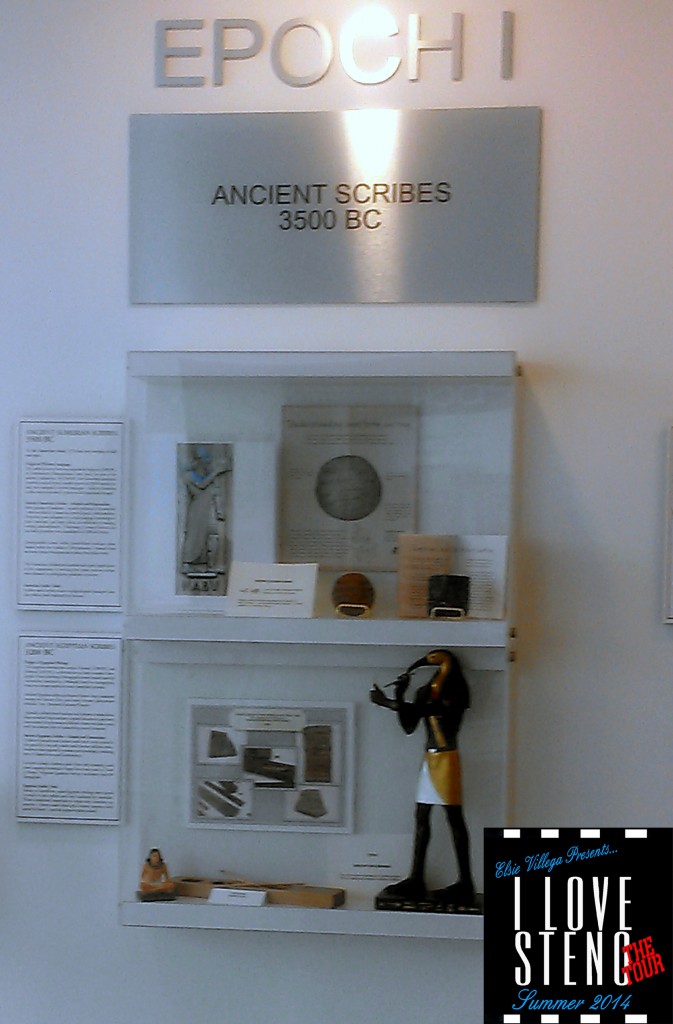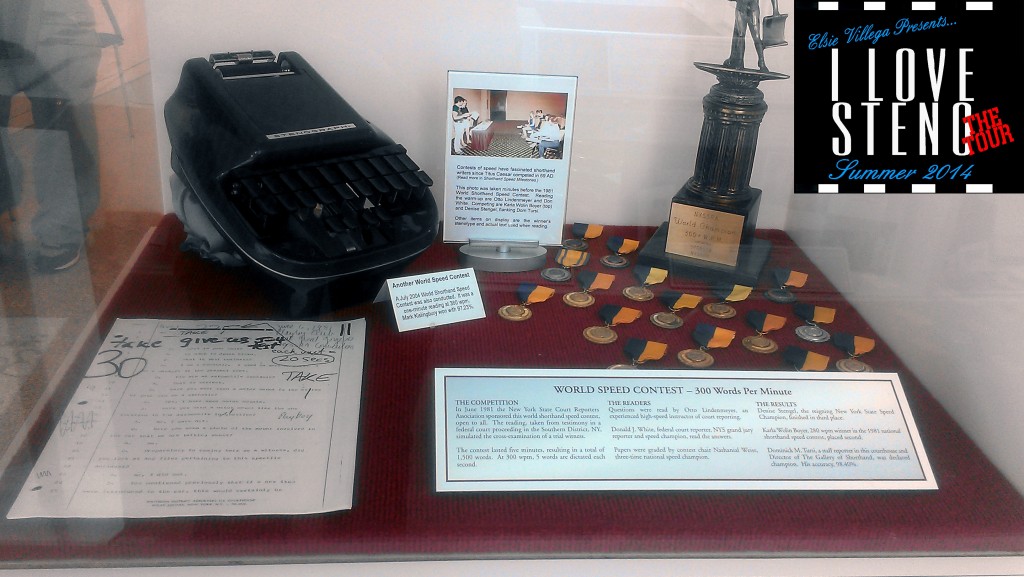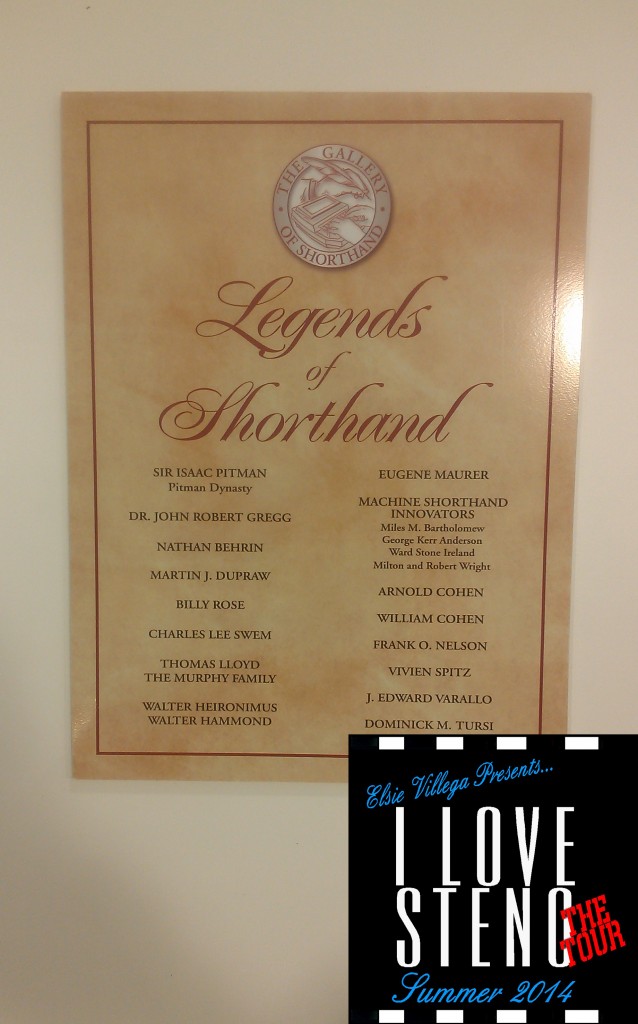 Q & A testing can be a very varied experience. The test can be a variety of short answers, long answers, multi-syllabic words, short words, medical terminology, etc. To be prepared you should practice a variety of different Q & A formats. I compare it to being a runner who can marathon, sprint, and hurdle jump.
Q & A testing can be a very varied experience. The test can be a variety of short answers, long answers, multi-syllabic words, short words, medical terminology, etc. To be prepared you should practice a variety of different Q & A formats. I compare it to being a runner who can marathon, sprint, and hurdle jump.
Below is a list of different types of Q & A formats. From experience, I think that you should have practice takes that include, or represent, all of the following formats that are contained in the list. This is something that I have learned through creating my own study curriculum to help me advance through my steno goals. Hopefully, this will also help other students.
Love, Speed, and Accuracy,
Elsie Villega
Types Of Q & A Formats:
1) Short questions with long answers, or long questions with short answers. With this type of Q & A, be prepared that the writing of the designations will not be as rhythmic as it is in popcorn Q & A (see below). Be sure not to drop the short part of the exchange if you happen to be trailing the speaker on the long part of the exchange.
2) Long questions with long answers. These can be comparable to a literary take sometimes.
3) Literary like Q & A. This can contain long questions and/or answers that are chock full of multi-syllabic words. You might find your mind wandering to question to yourself, “Is this a Q & A or a lit?” Lol. Fight the urge to wonder, and just write!
4) Popcorn Q & A. A succession of short questions with short answers. This format is pretty rhythmic in its back and forth exchange. However, it can also feel a lot speedier due to the fact that designations have to be rapidly made. If there’s anytime for laser-like focus, it’s during popcorn Q & A.
5) Technical/Expert Testimony. You’ll hear a bunch of multi-syllabic words that are familiar only to people who are well acquainted with a certain industry or profession.
6) Medical. Hopefully, you’ve gotten yourself a medical dictionary or medical textbook. I have a textbook that came with a CD that contains the proper pronunciation of medical terms. However, keep in mind that due to the high syllabic nature of a lot of medical terms, you may hear a term pronounced a number of different ways. Don’t let this throw you off. Write what you hear. It will be highly likely that you will be able to transcribe the term correctly if you get most of the syllables down. This is a plus for multi-syllabic words. The exception is if there are word derivatives and you don’t write the proper ending. That’s always a downer! All those strokes for nothing. Smh. Lol.
7) Date repeating Q & A. There are question and answer exchanges in which the date of the incident comes up a million times. I learned this trick from one of the awesome reporters that I interned with: Write the date out a couple of times, and then have a one-stroke designation that you use every time the date comes up after that. Brilliant! I also have added on to that great advice by creating a designation for the date when it recurs sans the year. For example, you may hear, “On the event that occurred on, February 3, 2014…” and, you may also subsequently hear, “At the time of the incident on, February 3,…” Have a designation to denote both dates, one with the year and one without.
8) Q & A where a list of items is constantly repeated.
9) Repetition of clichéd phrases. For example, you may hear, “At the time of the accident…” numerous times throughout the Q & A. As a matter of fact, a majority of the questions may be prefaced with the statement. These Q & As are great if you have a brief for the phrase cemented in your memory bank, and not so great if you don’t.
10) Choppy Q & A. Q & A where the answers make no sense, or the questioner keeps interrupting themselves to rephrase the question. Arghh!! Don’t fret, just be ready to hit your dash designation. There’s nothing more confusing than trying to transcribe this random collection of words without your dashes.
11) Q & A with frequent interruptions. Speaking of dashes, be dash-ready for this type of Q & A. If you’re not dash-ready in this type of situation, you may erroneously think you dropped chunks of dictation when you in fact got everything down perfectly. Nothing tests you faith more with your writing than when you leave out a dash and you’re trying to decide whether you dropped, or left out a dash.
12) Include- heavy Q & A. Mark this, fill in that, or take a break here, etc. Be sure to be well acquainted with your include designations for this type of Q & A.
13) Colloquy ridden Q & A. You don’t have to worry about this with 2-voice, but 3-voice and up, be sure to have you multi-speaker designations well practiced.
 With computer-aided transcription, gone are the days when court reporters have to read back from paper notes. When I first started court reporting school, I used an Stentura Protégé. In transit, I would read back from my paper notes for practice. More than a couple of times I dropped my accordion-like arrangements of notes. I won’t even get into the horrors of seeing my notes flying in the wind. LOL.
With computer-aided transcription, gone are the days when court reporters have to read back from paper notes. When I first started court reporting school, I used an Stentura Protégé. In transit, I would read back from my paper notes for practice. More than a couple of times I dropped my accordion-like arrangements of notes. I won’t even get into the horrors of seeing my notes flying in the wind. LOL. 







